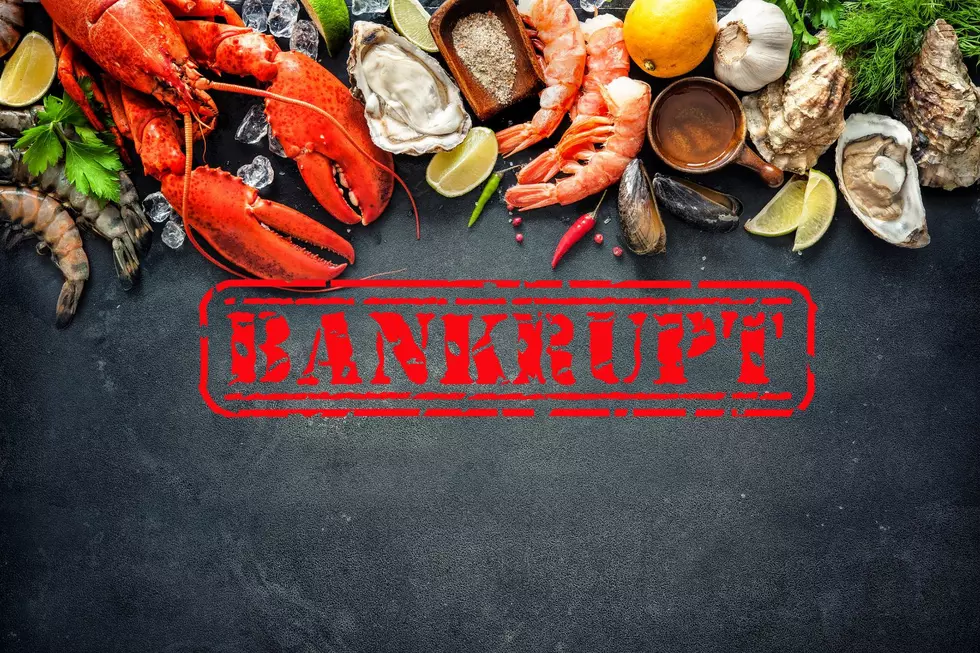
4 Things to Do Before You Make Your First Student Loan Payment
This is such an excellent blog for recent college grads, I simply must share it with you!
Homeroom, the official blog of the U.S. Department of Education has some great ideas for handling those student loans that have been building up during your time in college.
"Congratulations, Class of 2015! Your hard work paid off. You did it! There’s a lot to think about as you begin the next chapter. Let me help you with the student loan part.
Here are four things you should do now, before you make that first student loan payment:
- Find out what you owe
Start by tracking down all of your student loans. Just go to StudentAid.gov/login and log in to view your federal student loan balances, interest rate, loan servicer contact information, and more.
Note: Don’t forget to check your personal records to see if you have private student loans as well.
- Enroll in a repayment plan that you can afford
If you take no action after you graduate, leave school, or drop below half-time enrollment, you will be automatically enrolled in the 10-Year Standard Repayment Plan. Find out what your monthly payment amount is going to be if you stick with this plan. If you don’t think you can afford that amount, consider switching to an income-driven repayment plan instead.
Income-driven repayment plans are designed to make your student loan debt more manageable by reducing your monthly payment amount to an affordable amount based on your income.
The easiest way to compare the different repayment plans based on your loan amount and income is to use our repayment calculator. Once you log in, the calculator pulls in information about your federal student loans, such as your loan balance and your interest rates, and allows you to estimate what your monthly payment would be under each of our different repayment plans. It also allows you to compare the total amount you will pay for your loan over time and can tell you the amount of loan forgiveness you’re expected to qualify for if you choose one of our income-driven repayment plans:
Once you select a plan, contact your servicer to apply or enroll.
- Figure out how to pay
If you have federal student loans, you won’t pay the U.S. Department of Education directly. You will make payments to your loan servicer. Your loan servicer is a company that works on behalf of the U.S. Department of Education to process and manage student loan payments. To find out who your loan servicer is, log in to StudentAid.gov. You may have more than one loan servicer, so it is important that you look at each loan individually.
Automatic Debit: The easiest way to pay
If you want to make repaying your student loans as easy as possible, sign up for automatic debit through your loan servicer. If you choose this option, your loan payments will be automatically deducted from your bank account each month, ensuring that your payments are made on time. If that isn’t good enough, you may also qualify for a 0.25% interest rate reduction when you enroll in automatic debit. To enroll in automatic debit, go to your servicer’s website.
- Know who to contact if you need help
If you ever have questions or need help with your student loans contact your loan servicer. Your loan servicer can help you choose a repayment plan, understand loan consolidation, apply for an income-driven repayment plan, and complete other tasks related to your federal student loan. It’s important to remember that you NEVER have to pay for help with your student loans. That’s what your loan servicer is there for. Their help is FREE.
It’s important to maintain contact with your loan servicer. If your circumstances change at any time during your repayment period, your loan servicer will be able to help.
Nicole Callahan is a digital engagement strategist at the Department of Education’s office of Federal Student Aid."
More From Lite 96.9 WFPG














